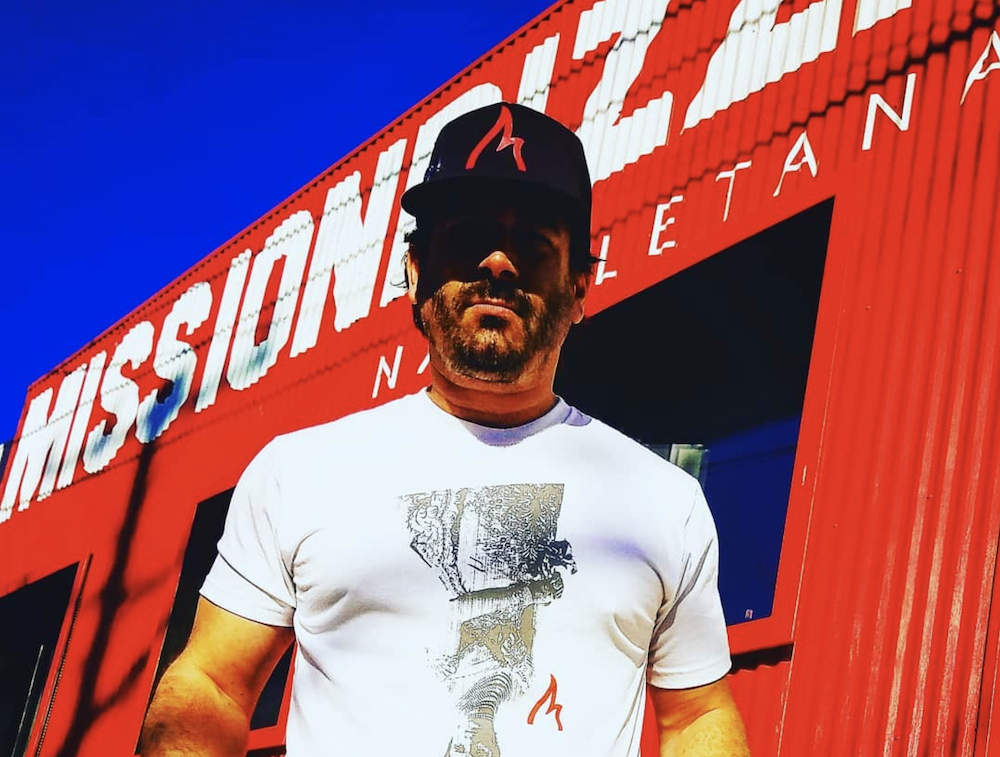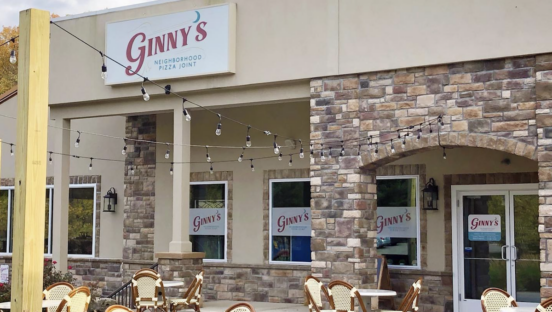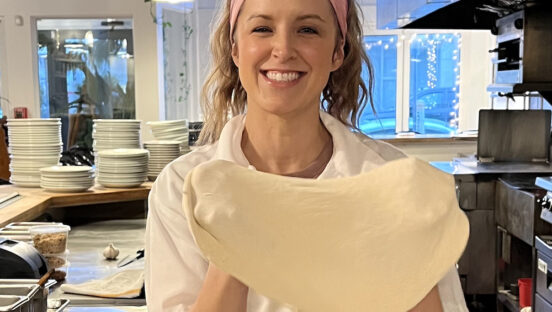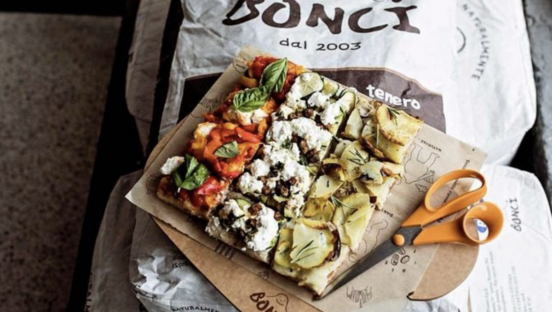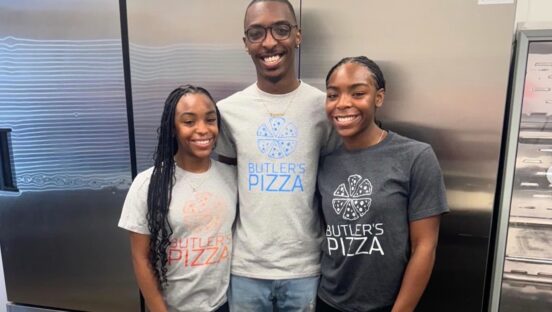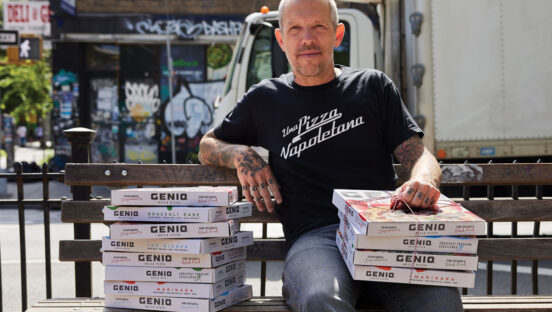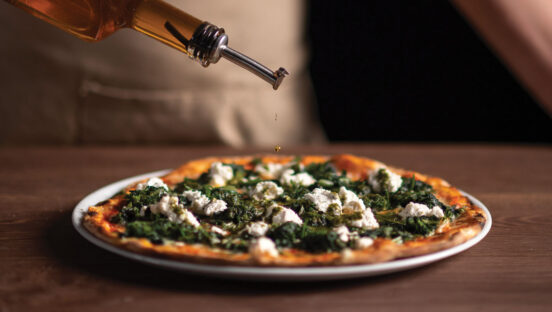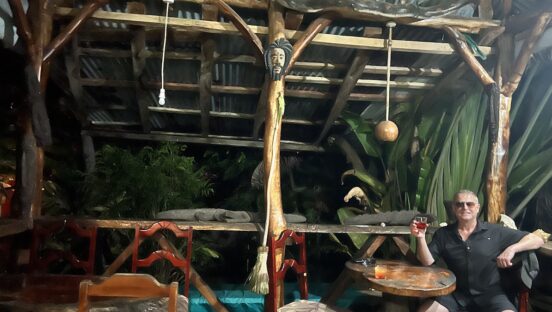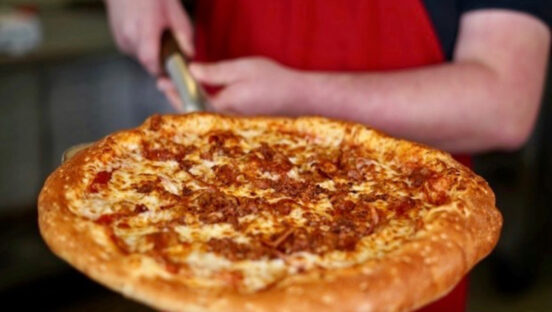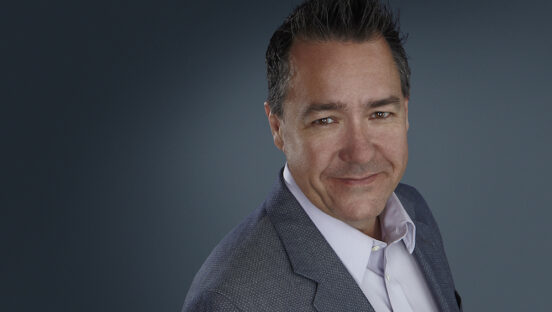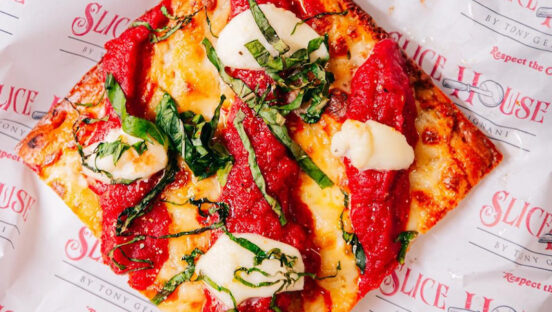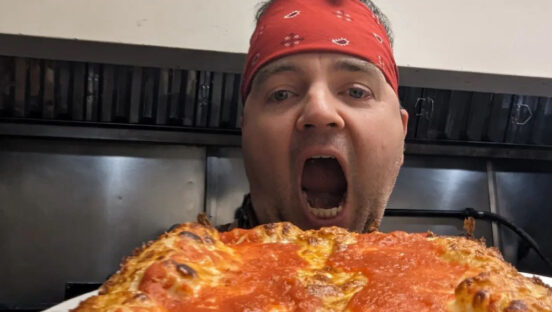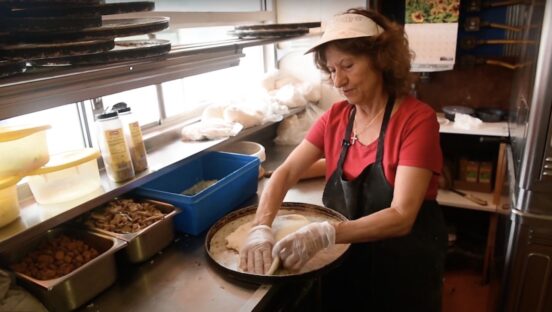It’s 3 p.m. on a Thursday, and Peyton Smith is fiddling with the Stefano Ferrera oven at Mission Pizza Napoletana, his highly-ranked pizzeria in Winston-Salem, North Carolina. It is the only pizzeria in North Carolina on this year’s 50 Top Pizza USA list. And relative to the rest of the pizzerias on the list, Mission Pizza Napoletana is arguably in the most unlikely of places, here in a sleepy Southern city of about 250,000 people.
As Smith pushes wood around the oven that’s rapidly approaching 900 degrees, he looks like most independent pizzeria operators: working, tinkering, obsessing over the details of how to make the best possible pizza. To be sure, there’s a perfectionist streak in Smith, and in this way he’s no different than many pizzaiolos across the country. But there are also a lot of ways Smith and his restaurant differ from the norm.
For one thing, Mission Pizza Napoletana doesn’t buy into the old adage, “The customer is always right.” Upon entering the restaurant, a diner is greeted with a message on the wall in large letters: “Takeout pizza is not recommended.” The message—which is similar to a note that appears on the restaurant’s website—reflects Smith’s commitment to the way he believes true Neapolitan pizza should be served: hot and fresh out of the oven.
Related: This Brooklyn Icon Tops Latest Best-Pizzeria List
The restaurant’s Instagram account contains similar operator-friendly messaging. “If you are here for the first time, you’ve likely read about us or heard about us,” one pinned Instagram post reads. “Which means you are here precisely because we are different. So don’t roll up and ask us to be like some other place. Thanks in advance.”

Toward the end of a sit-down interview with PMQ, Smith unloads something that he—as a consultant to other independent restaurant owners—has pent up over the years. It’s something he’s been wanting to share with a lot of pizza makers as he observes them working tirelessly, spending long nights, weeks and months trying to uphold a successful pizzeria. The message boils down to this: Stop working harder. Try working smarter.
“I have a Google Doc written up,” Smith says. “It’s like a dossier, because I think people need to hear this. I tell other operators to do less. Instead, do things with greater intention, eliminate everything that is not serving you and the business. Implement things that will drive revenue…”
Smith trails off. “I have a contrarian’s point of view for a lot of reasons,” he says.
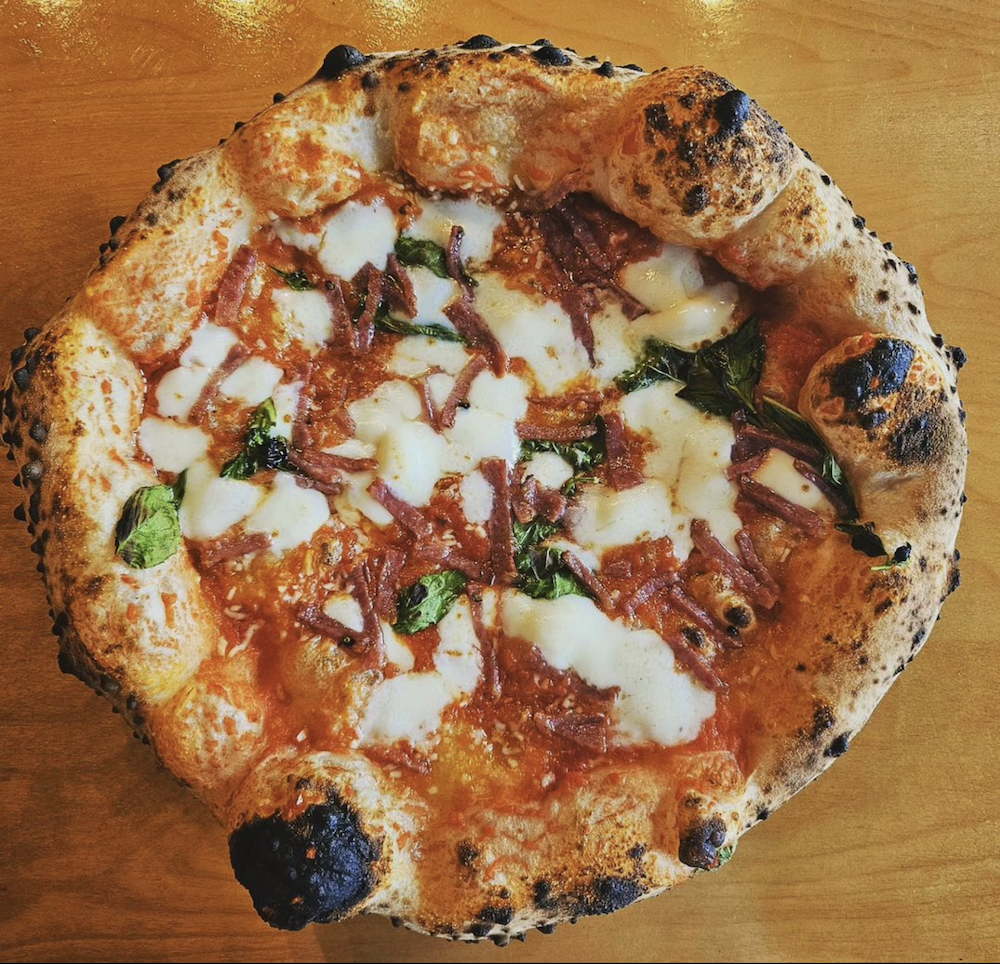
What If This Could Be Your Life?
Smith was born and raised in Winston-Salem. His father was a successful entrepreneur who owned and operated a family of heavy-duty truck-part stores and service companies. Smith’s father taught his sons something they took to heart: build a business plan that works for you rather than the other way around.
“I think it’s 50/50 when somebody is an entrepreneur: Sometimes they use it as an excuse to get out of the house and away from their family,” Smith says. “The other half of them are building a business that serves their needs and provides for their family. My dad was a really remarkable performer. But he built a business that worked for him rather than creating something that would overwhelm other priorities in his life.”
While his father’s entrepreneurship inspired him, Smith took a scenic route toward owning his own business. He attended Wake Forest University, located in his hometown. He hadn’t planned to go to college, but he was a gifted soccer player and was offered a scholarship to continue his playing career at the powerhouse ACC program.
He made it through school, in his own words, “just barely,” and went on to work a job at a pharmaceutical company—a gig that did very little to inspire him. In his free time, he drew up restaurant business plans for fun. For that, he credits the time he’d spent working in kitchens on and off in his early 20s, combined with a memorable cookout he hosted with his brother when the duo was living together in Chapel Hill, North Carolina. He holds on to the image of people enjoying the food he’d cooked, socializing and enjoying life. “It was just like, ‘Man, what if this could be your life?’” Smith says. “In hindsight, that was a really amazing experience that pushed me toward this.”
Smith’s love of pizza stems from two other experiences he’d enjoyed. The first, in 1998, was a trip to Italy when Smith first encountered and ate authentic Napoletana pizza, his reaction to which, he says, was, “What the f*** is this?” (in the best way possible). A second and equally important experience was Smith’s time living in Brooklyn, around the corner from Grimaldi’s, when Patsy Grimaldi was still running the legendary pizzeria. Smith and his brother sampled slices from Grimaldi’s and an almost-endless number of other famous New York pizzerias. Those pizzerias would give him further foundational knowledge for his eventual pizza-making career.
“So I have these two pizza-eating experiences in my brain and, at the same time, I’m thinking, ‘Okay, how do I do this?’” Smith says of his transition toward taking a possible career in restaurants seriously. “‘How do I become my own boss and do something that I can grow into loving?’”
The Right Dream
It was in 2007 that Smith dedicated himself fulltime to getting serious about the restaurant business plans he’d been sketching up. He looked around and saw that virtually nobody in the South was doing true Neapolitan-style pizza, and he saw that as an opportunity rather than a red flag. He believed if he made good pizza, people would come out and try it, love it and come back.
He dreamed up a brick-and-mortar business in Winston-Salem and took culinary classes at a local community college. But he had no intention of earning a degree. The classes were simply about expanding his culinary chops. During that time he also worked for about nine months in a Winston-Salem restaurant called Noble’s. He told the owner, Jim Noble, that he wanted to observe him running his restaurant on a day-to-day basis and was transparent about his intentions of opening his own some day. It was something of an informal apprenticeship.
In the background, Smith began fundraising to open his own restaurant. By the time Q3 of 2008 rolled around, he’d banked enough capital to break ground. Just one problem: This was the exact moment when the economy tanked. Restaurant sales plummeted. Faced with the Great Recession, Smith felt it would be irresponsible to open a restaurant with other people’s money.
Instead, he pivoted, buying a mobile pizza oven from Fire Within in 2010—he estimates he was one of the first 20 people in the U.S. to buy one. Ultimately, this proved a blessing in disguise. As Smith puts it, for the price of a modest car loan, he got to find out if he actually enjoyed making pizza for a living.
Forno Moto, as he named his mobile pizza oven, became an instant hit. Smith operated it for four years, building up a following with his authentic Neapolitan pies in a small southern city that hadn’t experienced anything like it before. He’d roll up to events, blow peoples’ minds and get further affirmation that he was doing the right thing. Making pizza was the right dream.

Smith opened Mission Pizza Napoletana in 2014. Ever since, his formula has been both simple and wildly successful. He frequently changes up the menu, a menu that he keeps quite sparse. If he sees an item isn’t performing, he eliminates it. He has even been known to slash menu items when they no longer excite him or his staff—what’s the point of making food you aren’t passionate about, he wonders?
As of mid-October, Mission Pizza Napoletana menued four starters—including Wood-Fired Cauliflower, served with whipped goat cheese, EVOO, balsamic and parsley—two pasta dishes and five pies featuring red sauce and two with white sauce.

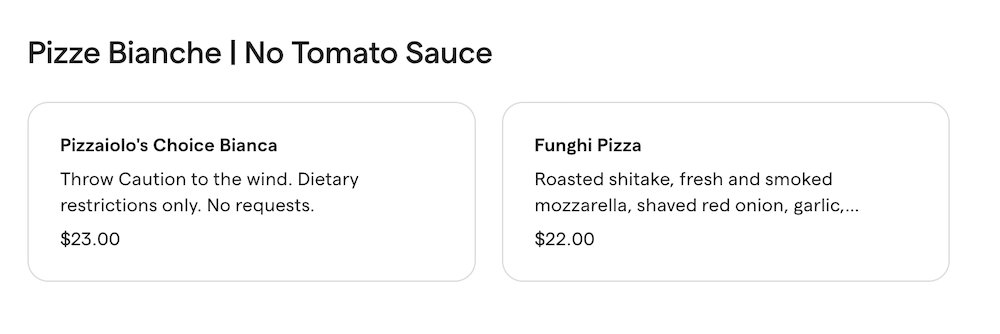
The dessert menu is streamlined even further, with just a single option. The drinks menu has a similar vibe: There’s a white wine selection, a red wine selection and a handful of rotating taps.
Smith’s red sauce uses a combination of Italian and American tomatoes, and he tries to keep that as consistent as possible. He may tweak the recipe here or there depending on the seasonality of the tomatoes themselves, but otherwise he thinks it serves as a consistent baseline for the food the restaurant creates. His dough recipe is an ever-evolving process, but that, too, only undergoes small tweaks at a time. And Mission Pizza Napoletana’s dough may be its calling card: an acclaimed balance of moisture and crispiness, the hallmark of any good Neapolitan crust.
Working Smarter, Not Harder
Smith loves few things like he loves tasting different types of pizza that people are making across the U.S. and around the world. He borrows little things he finds at different restaurants all the time, incorporating a tweak here or there that he believes will make his product better.
That traveling, research and development has also grown Smith’s reputation amongst the fraternity of esteemed pizza makers. On just about any Mission Pizza Napoletana Instagram post, you’ll see a comment from Paulie Gee’s account, for example, or likes from a host of reputable pizzerias across the world.
There’s no doubt Smith’s networking has helped launch Mission Pizza Napoletana into the public eye—it’s hard to believe a pizzeria in Winston-Salem would be considered for “best of” lists if it did not have a hard-earned reputation. But a lot of pizzaiolos network without winning awards—Mission Pizza Napoletana’s pies are truly as good as they come.
Smith and his staff’s attention to detail are not to be underestimated. The whole crew—Smith employs about a dozen people fulltime—is a well-oiled machine. He entrusts his cooks and staffers to uphold his standard of excellence. For that reason, he’s selective about the people he works with. He figures, if he’s going to spend 40 hours a week or more with his staff, he’d rather work with people he likes and cares about personally. That’s part of the reason he isn’t all that interested in opening up another Mission Pizza Napoletana in a different location or city: He believes that would create staffing headaches he doesn’t currently deal with all that often.

Perhaps the real brilliance of Mission Pizza Napoletana, however, relates back to the “work smarter, not harder” philosophy Smith was taught by his father. The pizzeria is open just four days a week: Wednesday and Thursdays from 5 to 9 p.m., and Fridays and Saturdays from 5 to 9:30 p.m. Smith’s employees typically get their 40 hours a week in, as does he, but little more. They all have time to spend with their families, work a side gig, or do whatever they enjoy doing outside of work. Compared to most restaurants, Mission Pizza’s operating hours are a killer schedule for everyone—and it’s designed that way.
When Smith consults with chefs looking to open a restaurant, he encourages them to picture what they want to get out of restaurant ownership and then work backwards from there. In his words, just as his father taught him, it’s about designing a business plan that works for the operator rather than the other way around. “Most people in restaurants are always talking about ‘do more, do more, do more,” Smith says. “Okay, but at what cost? Is it at the risk of your financial life? Your personal relationships, life and mental health?”
“We Can Do Better”
It’s still Thursday, fast approaching 5 p.m.—service time—and the oven is finally properly hot. Smith begins handling dough behind the line, tossing a pie together and massaging it onto his peel. He throws it into the oven and rotates it in true Neapolitan fashion.
The first pie isn’t satisfactory. He lands the pie on a drying rack and hits a bell to summon front-of-house staff. He tells them they can eat it if they’d like. They take him up on that—nobody at Mission Pizza Napoletana appears tired of eating Smith’s pizza. Not even a little.
Smith has another go, preparing the dough, then dolloping sauce and cheese on the pie. The pie is cooked, it is served. He samples it alongside the writer who just interviewed him, a writer currently having their mind blown by the perfect blend of crust, sauce and cheese. This must be the best pizza ever served, the writer thinks.
“Six out of 10,” Smith mutters, finishing his slice. “We can do better.”
Nobody said Smith isn’t obsessive about his pizza. He just manages to confine that obsession to a 40-hour week.

